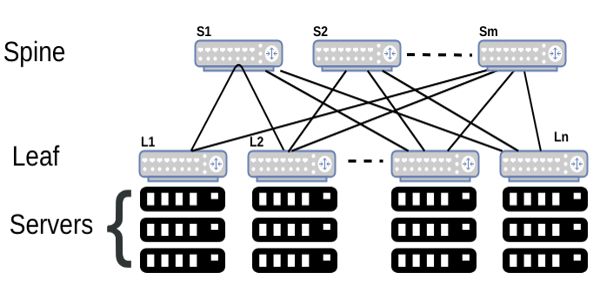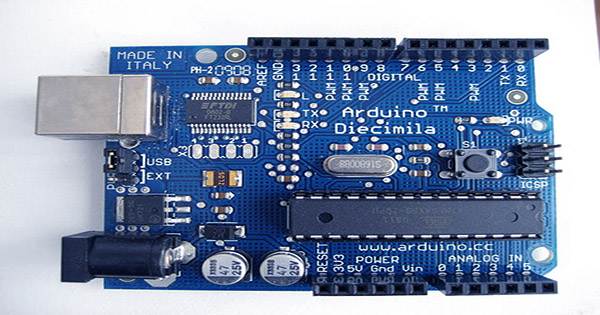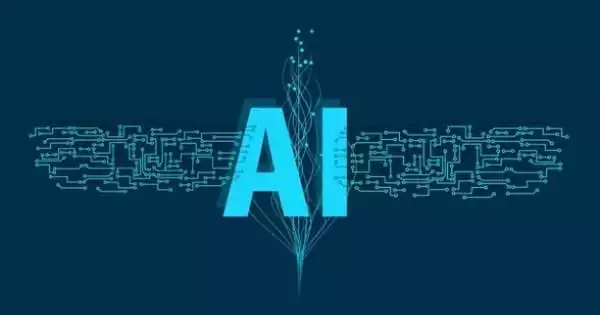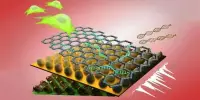Clos network is a multistage switching network. In the field of telecommunications, a Clos network is a kind of multistage circuit-switching network which represents a theoretical idealization of practical, multistage switching systems. Clos networks were first created in the mid-1950s as a method to switch telephone calls. It was invented by Edson Erwin in 1938 and first formalized by Charles Clos. He published a paper titled “A Study of Non-blocking Switching Networks” in the Bell System Technical Journal in 1953.
A Clos network is a type of non-blocking, multistage switching architecture that reduces the number of ports required in an interconnected fabric.
By adding stages, a Clos network reduces the number of crosspoints required to compose a large crossbar switch. It evolved into crossbar topologies and eventually into chassis-based Ethernet switches using a crossbar switching fabric. The switching points in the topology are called crossbar switches.

This concept has been around for many years and it is now a key architectural model for data center networking. Circuit switching arranges a dedicated communications path for a connection between endpoints for the duration of the connection. It is fascinating how concepts reemerge again and again in the history of networking. This sacrifices total bandwidth available if the dedicated connections are poorly utilized, but makes the connection and bandwidth more predictable, and only introduces control overhead when the connections are initiated, rather than with every packet handled, as in modern packet-switched networks. Clos networks were designed to be a three-stage architecture, an ingress stage, a middle stage, and an egress stage.
When the Clos network was first devised, the number of crosspoints was a good approximation of the total cost of the switching system. The concept is that there are multiple paths for the call to be switched through the network so that calls will always be connected and not “blocked” by another call. Upon the advent of complex data centers, with huge interconnect structures, each based on optical fiber links, Clos networks regained importance.
The key advantage of Clos networks is that the number of cross points required can be far fewer than would be the case if the entire switching system were implemented with one large crossbar switch. The advantage of such network is that connection between a large number of input and output ports can be made by using only small-sized switches. A subtype of Clos network, the Beneš network, has also found recent application in machine learning. The efficiency of a Clos network is proportional to the size of the array, with larger networks that contain thousands or tens of thousands of ports gaining the most benefits.
Information Source:
















